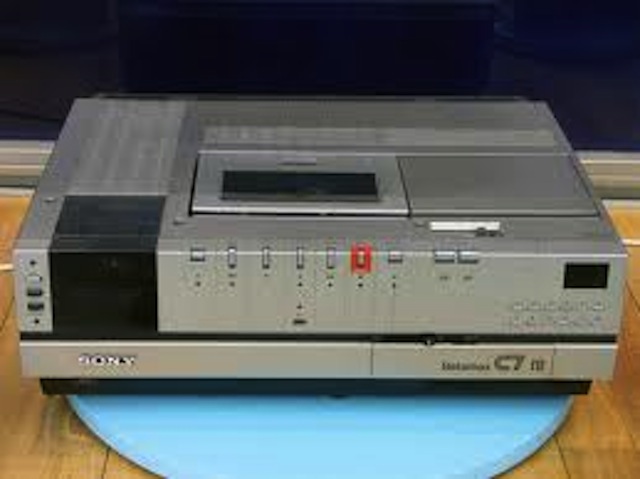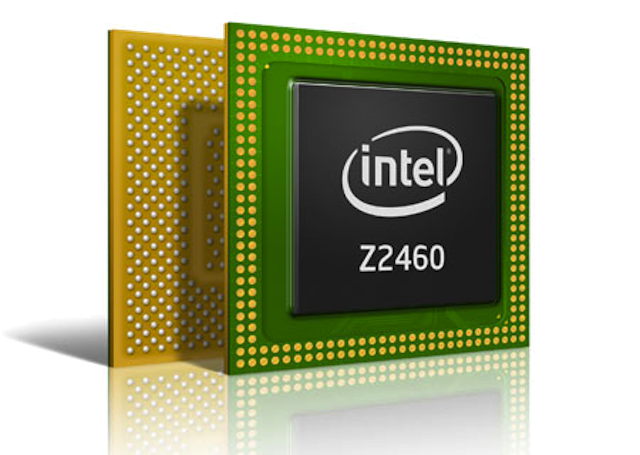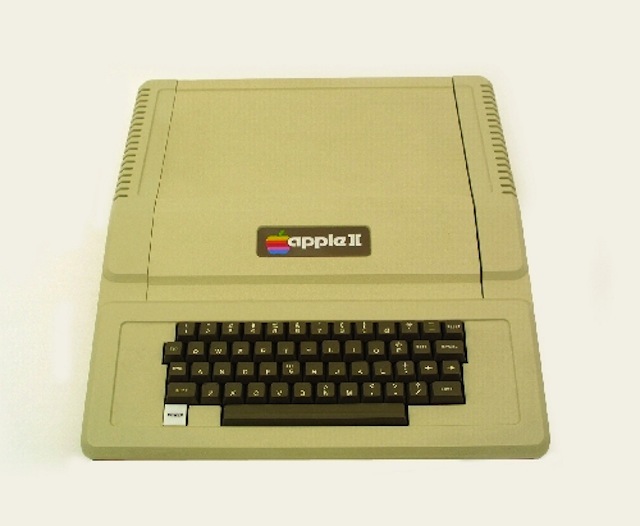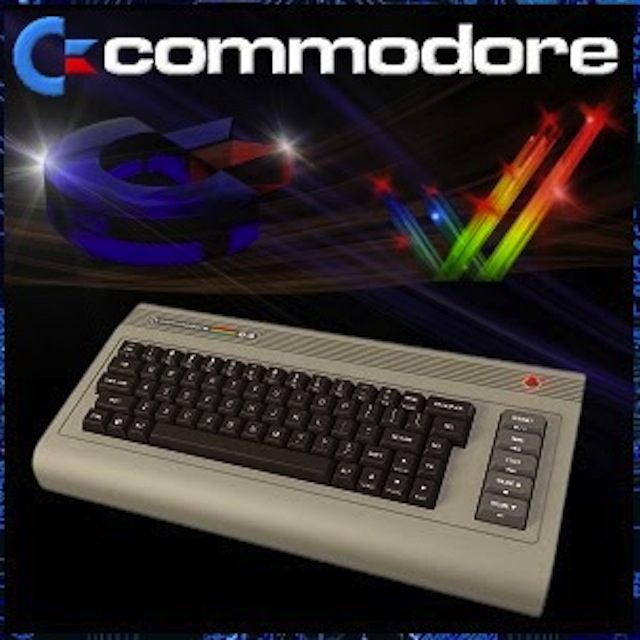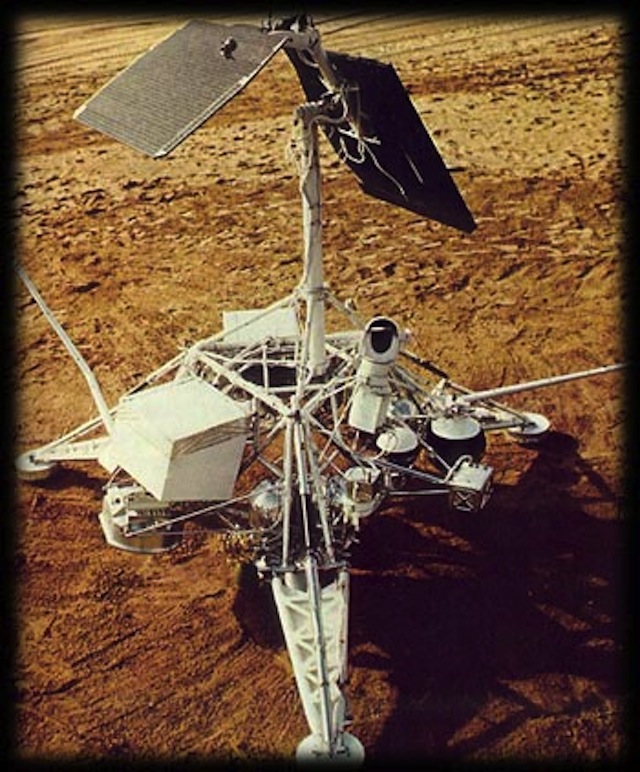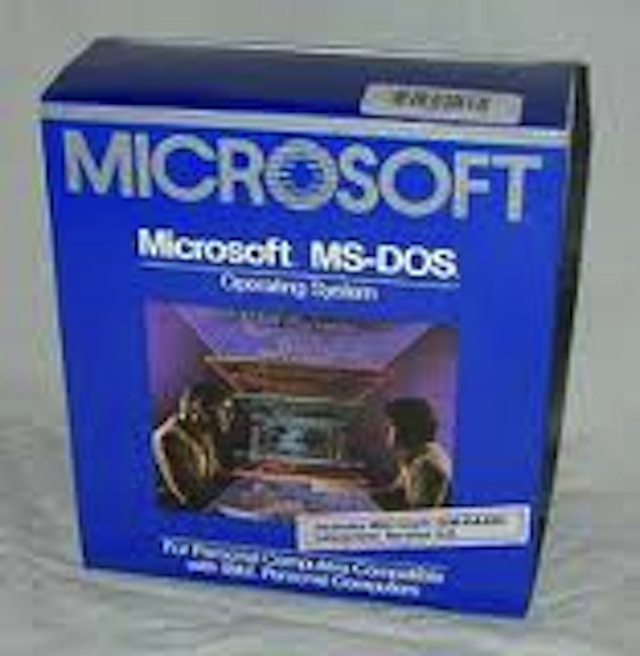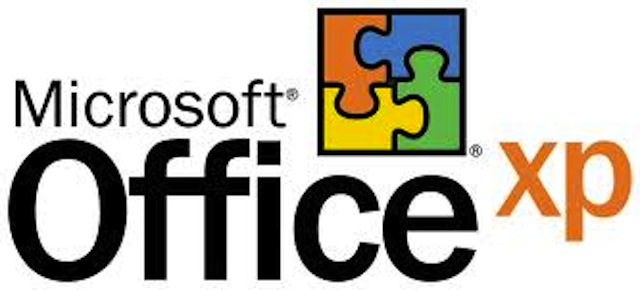Geek Fact for June 12th
In 2009, full power television stations had to convert from analog to digital broadcasting by midnight. An important benefit of the switch to all-digital broadcasting is that it freed up parts of the broadcast spectrum for public safety communications, the need for which became readily […]





